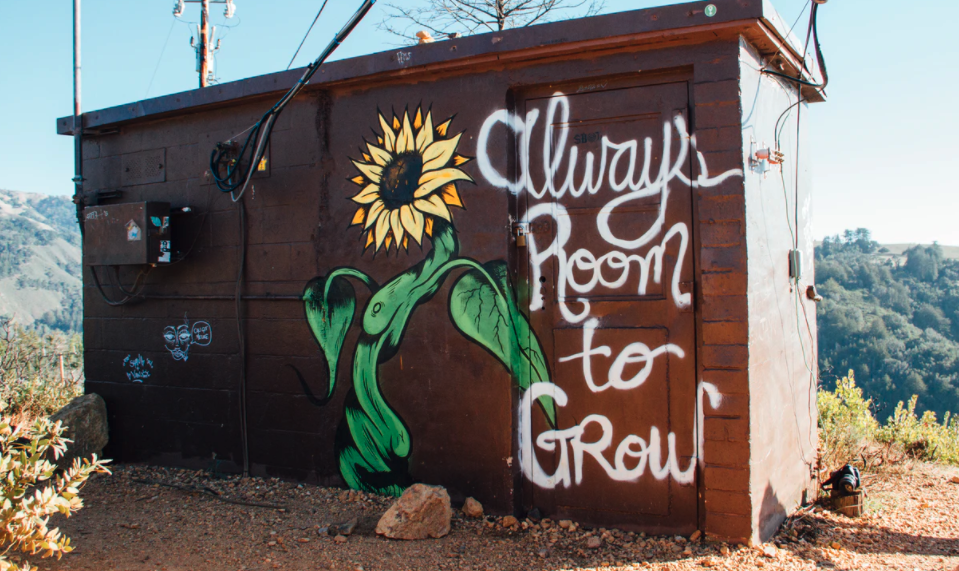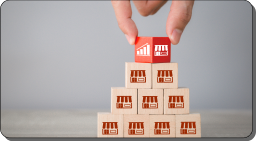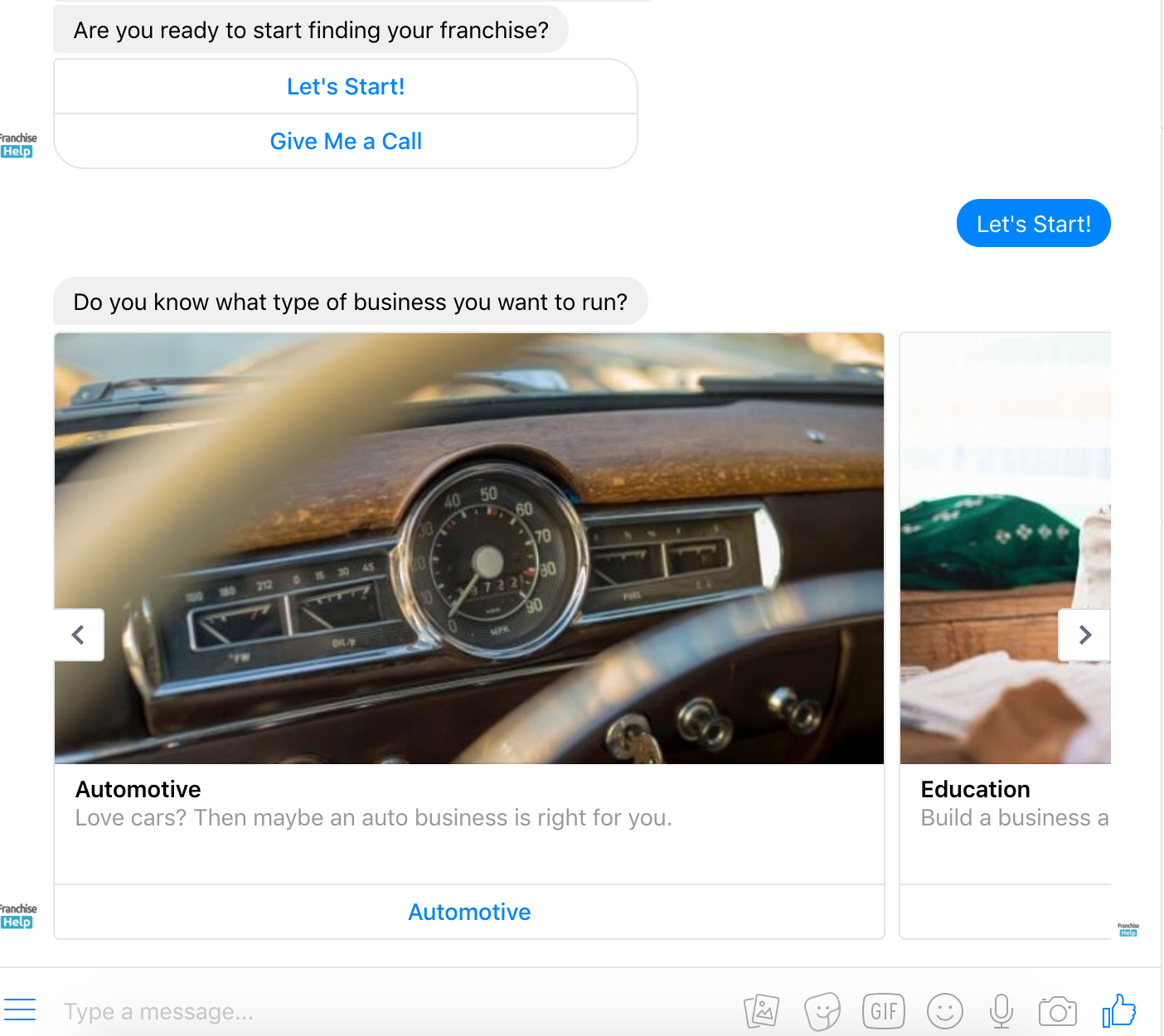Navigate quickly
Is Your Franchise Growing Too Fast? Here’s How to Avoid Unsustainable Brand Expansion

Growing fast is an attractive and popular goal in franchising.
By ramping up total numbers of units, your brand gains market penetration, has a better chance of beating out competing franchises, you can raise profits exponentially through owner fees and royalties, and you can dramatically explode brand equity, thus raising the tide for all your owners nationwide.
What’s not to like?
But beware the dollar signs in your eyes. Your brand can become a victim of its own success.
The franchising space is littered with the corpses of potentially profitable brands who got ahead of their skis.
When brick and mortar expansion trumps controlling costs, and the desire to scale turns your operations sloppy, the results could be disastrous.
In this article, we’ll help you understand and also avoid unsustainable brand expansion by learning lessons from companies whose eyes were bigger than their stomachs.
Growth Can Kill Off A Strong Franchise Concept
Boston Market grew their store fleet significantly in the late eighties and nineties, but costs soon exploded. Individual stores couldn’t sell enough meals to keep their locations in the black. The franchise eventually filed for bankruptcy, closed hundreds of stores and were absorbed by a larger brand.
This was personally devastating to me, as their tortilla soup and cornbread was, for my money, the best around. Now I had to drive down to New Orleans to get the real thing. Dang it.
WARNING: Don’t let your eyes become bigger than your stomach. As my father used to say about business, you can’t eat like an elephant and poop like a bird.
TRY THIS: Focus on recruiting managers and owners with an especially keen financial acumen. Assure they are getting white glove support from the larger franchise organization. Train them on the value of slow growth, at least for the first three to five years. Implement training programs based on customer loyalty, to ensure the franchise plan is working long term.
Growing the people who pay the people who serve the people. Do that, and opening more locations will become a matter of course.
Increased Vulnerability To Large Scale Economic Or Cultural Shifts
If we learned anything in 2020, it’s how global devastations can reverberate through every area of the market. Economic crises are very real, and seem to happen about every ten or so years. 2001 gave us Y2K and the Tech Bubble. Then it was the banking crisis of 2008. And last year and this year it’s been a pandemic. These events also can impact cultural fads that can wipe out a franchise’s value proposition off the face of the earth.
Krispy Kreme was on fire at the start of the millennium, until the low carb craze hit full gear, and they began suffering losses, closing stores, trying to get out of onerous contracts, firing their top managers and putting their assets up for sale.
I remember when Portland opened their first Krispy Kreme location in the summer of 2003. My friends and I waited in line for an hour. The donuts were glorious. It was the best parking lot party of the year. A few short years later, the Atkins Diet pretty much ruined all the fun. Guess the cream doesn’t always rise to the top. Although Dunkin Donuts seems to be doing okay right now, so who’s to say carbs are the enemy?
WARNING: Don’t get so obsessed with growth that you fail at the basics like operations and management.
TRY THIS: Consider focusing your scaling efforts internally. Rather than adding more stores on the map, reinvest profits in making management better, improving recipes and service offerings.
Those initiatives won’t have any ribbon cutting ceremonies, but they will lead to a better brand and organic growth down the line without forcing it.
By going internal rather than solely external, you build the value from the inside out, not the outside in.
Modesty Might Be Your Best Business Strategy
Capitalism encourages and rewards ambition. There’s a reason we read press releases almost every week about a growing franchise that’s opening sixty new units in the next twelve months. Good for them! However, keeping up with the Joneses from a franchising perspective isn’t your best option. A business that compares, despairs. Aiming for modest growth is nothing to be ashamed about. When your team is conducting strategic planning for the upcoming quarter or year, don’t go overboard on your expansion goals.
In the words of 38 Special:
“Just hold on loosely, but don't let go,
If you cling to tightly, you're gonna lose control”
RadioShack filed for bankruptcy in 2011 for a number of reasons, not the least of which was having too many stores. 4,300 stores in North America in 2014, to be exact. And according to Investopedia, there were too many stores that were located too close to each other. This led to a significant drop in profitability and inventory problems as the store traffic dried up. It became very costly to maintain so many stores with sometimes insufficient inventory in one area.
I once did a consulting project on RadioShack for an innovation firm I used to work for. Back then, I still had hope. My thesis was, RadioShack wasn’t a squealing mechanical dinosaur waiting to be put out of its misery. It was an impassioned phoenix poised to rise from the digital ashes.
Perhaps I was being too optimistic. Now they only have 500 stores. Guess my little case study didn’t help.
WARNING: The more locations you have, the higher likelihood of cannibalizing your sales and deteriorating your service. Even if you have an aggressive expansion plan at the start of the year, growing your store fleet by significant numbers might not be the smartest goal.
TRY THIS: Make your existing stores wildly successful before you worry about adding dozens of new ones. Focus on owning one state before you go nationwide. Even if a brilliant entrepreneur with tens of millions of dollars wants to do a multiunit deal and open fifty stores on the other side of the country, set boundaries.
Yes, the expansionist business model is seductive. And in fact, if you have a specific number of brick-and-mortar locations you want to open in the next twelve months, that’s awesome. But if volatile economic conditions suggest waiting for the right time to present itself, don’t beat yourself up if you fall short of your goal. Too many franchises suffer from the too much too fast mindset, and the pin of reality pops their bubbles of grandeur.
# # #
As we’ve seen from brands such as Boston Market, Krispy Kreme and RadioShack, too much growth can kill off a strong franchise concept. It can also make you vulnerable to large scale economic shifts.
We don’t want this to happen to your franchise, so we recently launched a free online tool called FranCalc, which is the first franchise growth marketing calculator. You can predict the expected new deal value over the average deal term including royalty collections and other metrics.
Ultimately, avoiding unsustainable brand expansion is about playing the long game. Franchise growth professionals need to make smart, informed, and in many cases, modest franchise development decisions.
Beware the dollar signs in your eyes, otherwise you could become a victim of your own growth.
Scott Ginsberg is Head of Content at FranchiseHelp. He's allergic to dust, cats, ragweed and scaling.
Ultimate franchising guide
All you need to know as a first time franchisee: Step by step guidance from experienced franchise professionals.
















